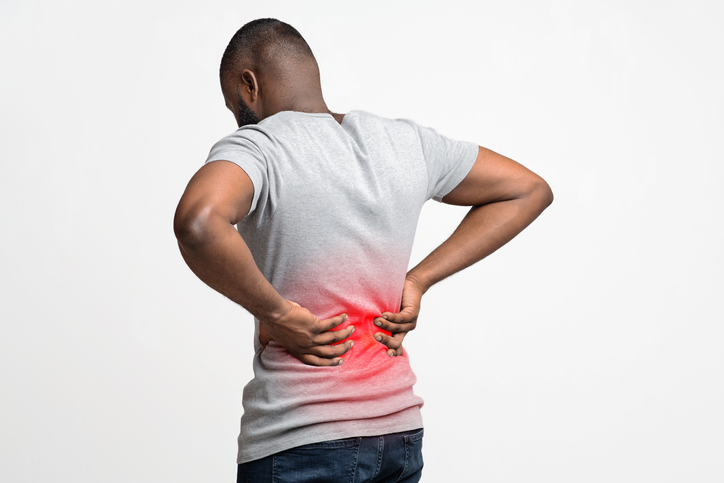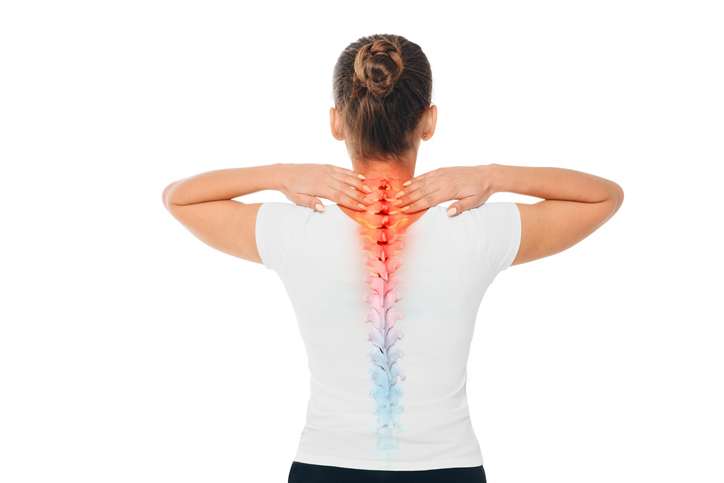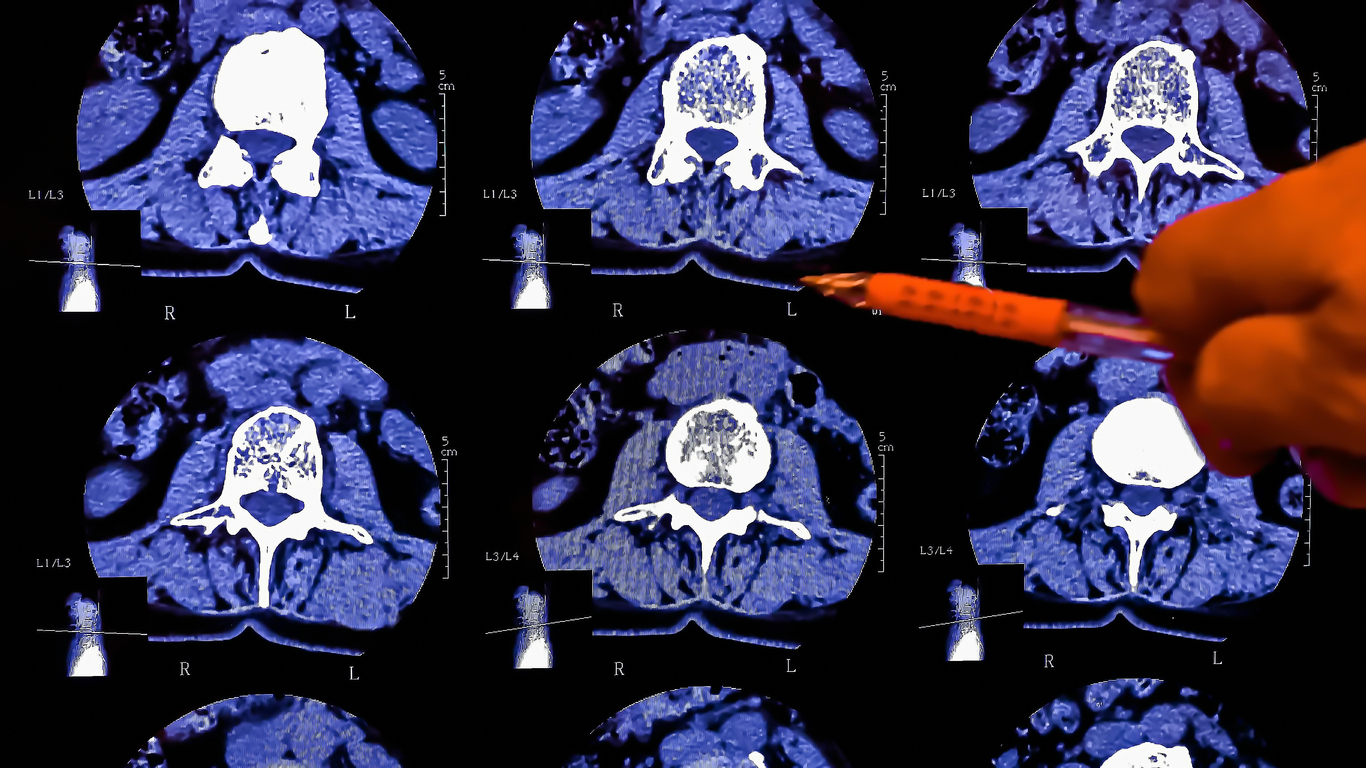Pain
What Is Degenerative Disc Disease (DDD)?

Degenerative disc disease (DDD) is a condition of the spine, in which one or more of the discs between the vertebrae, also known as intervertebral discs, cause neck or back pain. Intervertebral discs are the cushions between the vertebrae; they keep the back pliable and enable the body to bend, twist, and carry weight. Intervertebral discs are mainly composed of water, and as a person ages, the discs dry out, lose their flexibility, elasticity, and the ability to absorb shock. When this causes pain, it is referred to as degenerative disc disease.
Symptoms
Degenerative disc disease most commonly affects the neck (cervical spine) or the lower back (lumbar spine) as these areas of the spine are the most vulnerable to wear and tear. DDD can also occur in the upper back (thoracic spine), but it is not as common. The pain associated with DDD ranges from mild to severe.
The most prominent symptom of DDD involves continuous low-grade pain combined with intermittent flares of more severe pain (lasting from a few days to several weeks) around the affected disc. Flares may occur due to activities that aggravate the spine (bending, lifting, twisting, etc.) or may occur for no apparent reason.
Symptoms of DDD include, but are not limited to, the following:
- Neck pain, which can radiate to the shoulders, arms and hands (DDD of the cervical spine)
- Upper back pain (DDD of the thoracic spine)
- Lower back pain, which can spread to the buttocks and thighs (DDD of the lumbar spine)
- Pain that worsens with sitting, bending, lifting, or twisting
- Pain that lessens when walking or moving
- Pain that lessens when changing positions or lying down
- Muscle tension or spasms
- Numbness or tingling in the extremities (legs or arms)
- Weakness of the leg muscles or foot drop
Causes
Aging is the number one cause of degenerative disc disease. During the aging process, the discs between the vertebrae start to dry out and shrink, which reduces the cushion-like support. Nearly every individual over the age of 60 has some form of disc degeneration. Some individuals may experience pain, while others may have no pain at all. It’s important to note that degenerative disc disease is only diagnosed if pain is involved.
Degenerative disc disease may also occur due to repetitive motions that cause tears in the outer portion of the disc. Spinal injuries or traumas may also lead to DDD. This occurs because discs do not receive a high volume of blood supply, which means if a disc sustains an injury, it cannot repair itself, leading to deterioration over time.
Risk factors
The most common risk factor of degenerative disc disease is the aging process. Other factors that increase the risk of developing DDD include the following:
- Weak core muscles
- Poor posture
- Obesity
- Smoking
- Family history of DDD, back pain, or musculoskeletal disorders
- Vascular issues, such as atherosclerosis
- Trauma to the spine
- Overuse of the lower back via heavy lifting, labor intensive jobs, or sports


















